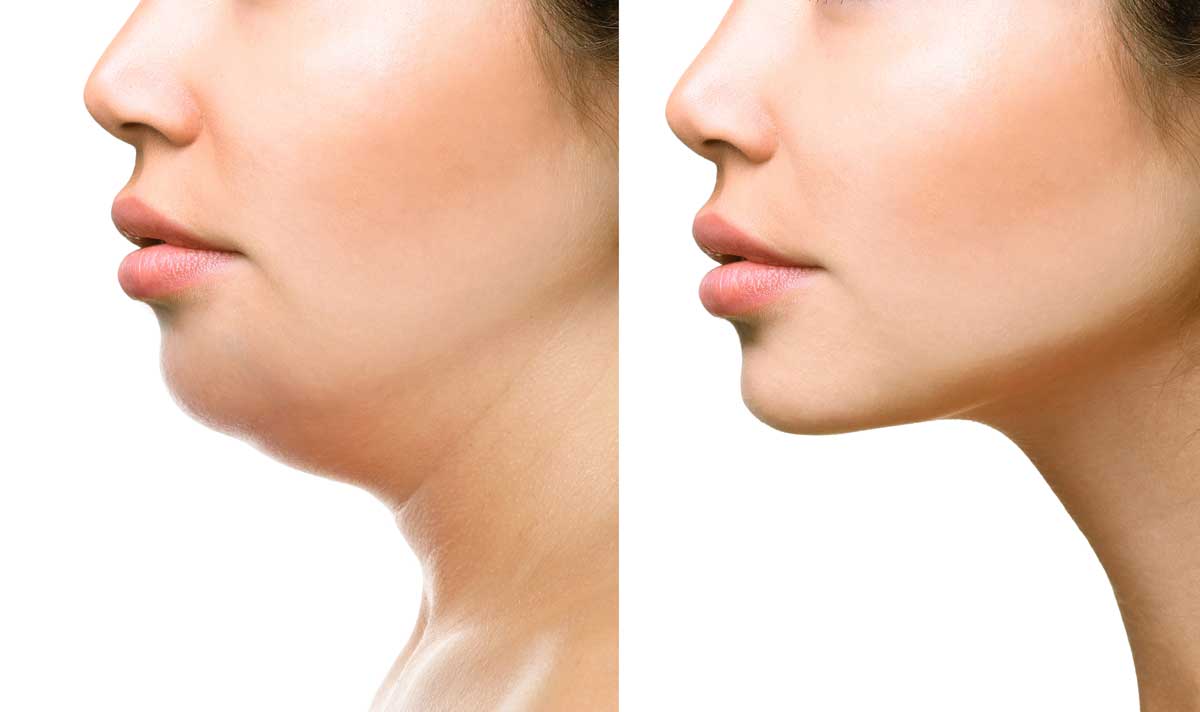Vitiligo Surgery
Vitiligo is a chronic skin condition that relates to loss of skin colour resulting in the development of white patches on the skin. It is considered an autoimmune disease, in which the body’s immune system attacks and destroys the colour producing cells(melanocytes) of our skin resulting in the formation of white patches. Vitiligo can occur on any part of the body including face, trunk, elbows, knees, hands and feet.
There are various treatment options available for vitiligo including topical medications (medications to be applied on the skin) and light therapy that can be used to restore the pigment. Now, newer surgical techniques are being used that have shown to be highly successful in restoring pigment to the affected areas.
Surgical treatment is required when the medical options fail to recover pigment in vitiligo patients. Surgery is done in patients with stable vitiligo where the white patches have not increased or decreased in last 6- 12 months with or without medical therapy.
SURGICAL TECHNIQUES FOR VITILIGO:
Skin grafting
- The normal skin from the person is taken and is surgically transplanted on areas of vitiligo. The new skin grafts then start producing pigment and give colour to the white patches.
- The procedure is suitable for patients with limited areas of vitiligo.
Suction blister grafting
- In suction blister grafting, negative pressure is applied to the normally pigmented skin of the person to promote the formation of multiple blisters (fluid-filled cavities).
- It usually takes 2-2.5 hours for the development of blisters. The roofs of the blisters are surgically removed and are cut to the appropriate size and shape according to the recipient area. These are then transplanted onto the prepared recipient site which has vitiligo patches.
- This procedure can be done for small areas of vitiligo.
Autologous non-cultured epidermal cell suspensions
- These are now being considered as the treatment of choice for surgical management of vitiligo.
- The cells capable of producing colour (melanocytes) are separated from the upper layers of the skin obtained from the healthy skin of a donor. They are formed into a cell suspension and are then transplanted onto the recipient site which lacks pigment.
- Large areas can be treated in one session using a small donor graft. This procedure results in excellent colour matching with the recipient area.
Melanocyte cultured transplants
- In this, the cells of the top layer of skin including melanocytes are obtained surgically from the patient and then grown in a culture in the lab overnight. Then these cells are applied on the skin’s vitiligo patches.
Vitiligo surgery should be avoided in active unstable disease and in children.
With the proper expertise of our doctors in Vardaan Clinic, you will achieve excellent results with surgery over vitiligo patches.
Enquire Now
Other Related services
Threadlift
A Contour ThreadLift is a minimally invasive, non-surgical procedure able to pro...
Hifu
Skin tightening and facelift with High-Intensity Focused Ultrasound (HIFU) is a ...
Skin Tightening
The aging process breaks down collagen and elastin fibers, leading to the appear...
Laser Hair Removal
You get razor bumps or acne breakouts when you want to dispose of unwanted hair....





